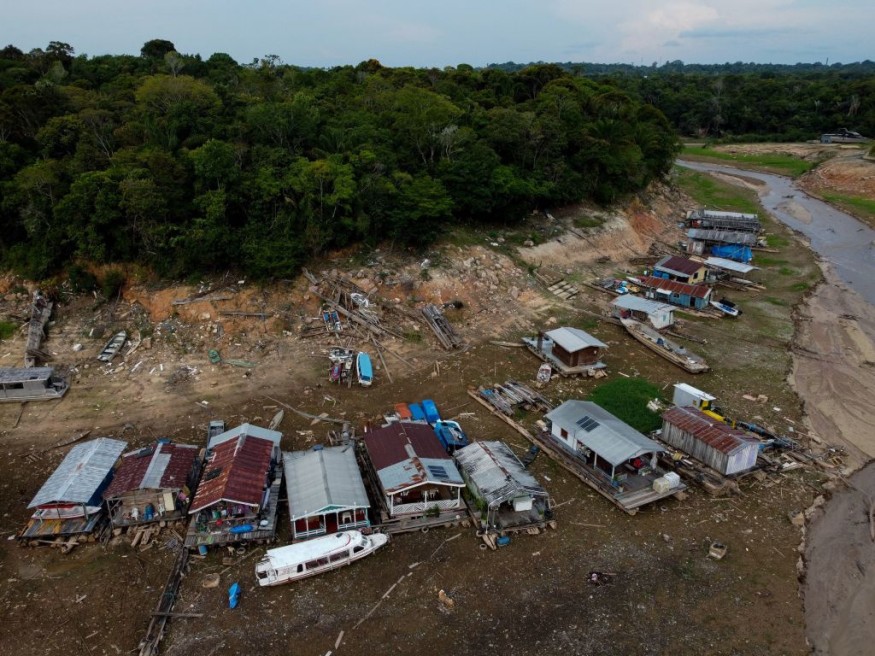
A study revealed that up to half of the Amazon rainforest could reach a tipping point by 2050 due to climate disruption.
The Amazon, which contains more than 10% of the world's biodiversity, contributes to global climate stability by storing the equivalent of almost two decades of carbon dioxide (CO2) emissions.
Tipping Point
The researchers predict that 10% to 47% of the Amazon will be subjected to stressors that could drive the ecosystem to its tipping point, a key threshold that, if crossed, will result in a downward cascade of consequences.
It also shows that 15% of the Amazon had already been cleared, with another 17% degraded by human activities such as logging, fires, and under-canopy extraction. Long-term droughts over the last decade may have harmed an additional 38% of the Amazon.
To reach their conclusions, the study's authors considered the effects of rising temperatures, severe droughts, deforestation, and fires.
Bernardo Flores of the Federal University of Santa Catarina, Brazil, the lead author of the study, said he was astonished by the results, which indicated a potential change from moderate to rapid forest decline earlier than he had expected.
"We already knew about all these factors at play, but once we connected the pieces of this complex puzzle, the image was alarming. Our findings revealed how the Amazon forest system could enter a phase of self-reinforced collapse sooner than previously thought," he added.
Previous research had not projected that a collapse of this magnitude might occur in the twenty-first century.
The loss of the Amazon, the world's largest tropical rainforest, would reduce its ability to absorb planet-warming carbon pollution from the atmosphere, accelerating global warming.
The Amazon, formerly known as the planet's lungs, has already become a net carbon emitter, which means it now emits more carbon into the atmosphere than it absorbs. Forest fires and logging are the primary causes of this transformation.
But the forest remains a massive, critical carbon sink. It contains the equivalent of 15 to 20 years of global carbon storage.
Global Cooperation
The study also examines how a declining Amazon could affect forests in other parts of South America.
The Amazon is critical for the region's water supply, according to the study, accounting for up to half of its rainfall through what the authors refer to as "flying rivers"-rain that starts over the Amazon and spreads to other regions of the region. This means that rain-dependent forests and ecosystems can thrive.
These include the Pantanal wetlands, the world's biggest tropical wetlands that span Brazil, Bolivia, and Paraguay, and the La Plata River basin, a biodiverse and critical water system that drains one-fifth of South American territory.
The Amazon delivers moisture not only inside the region but further beyond.
The study advises putting a halt to deforestation, fostering forest restoration, and increasing protected areas and Indigenous territories.
Flores also emphasized the necessity of global cooperation in reducing greenhouse gas emissions, as well as Amazonian countries working together to support forest restoration.
Related Article : Deforestation, Degradation Turns 26% of Amazon Rainforest to Grassland, Report Reveals
© 2025 NatureWorldNews.com All rights reserved. Do not reproduce without permission.





